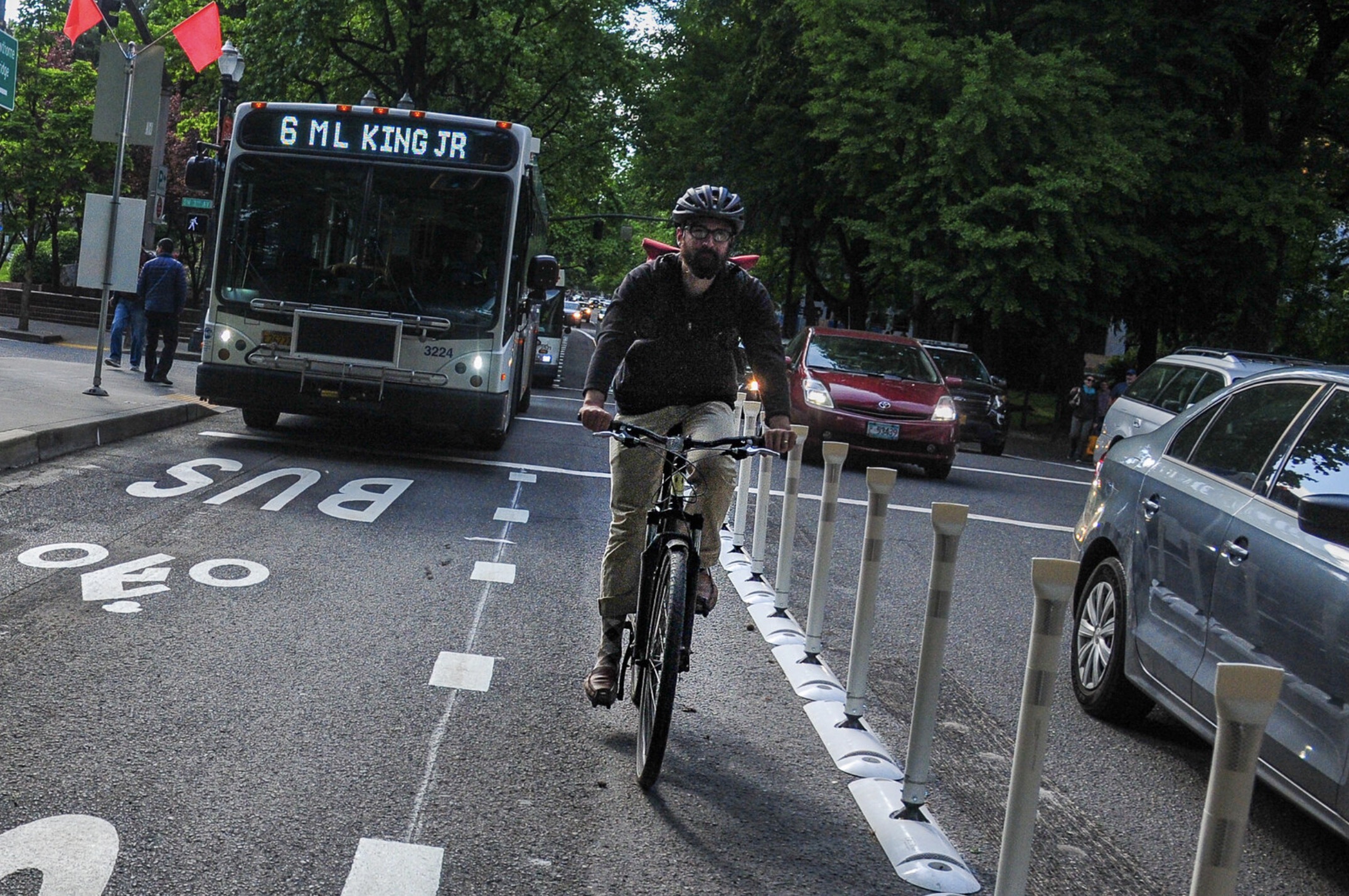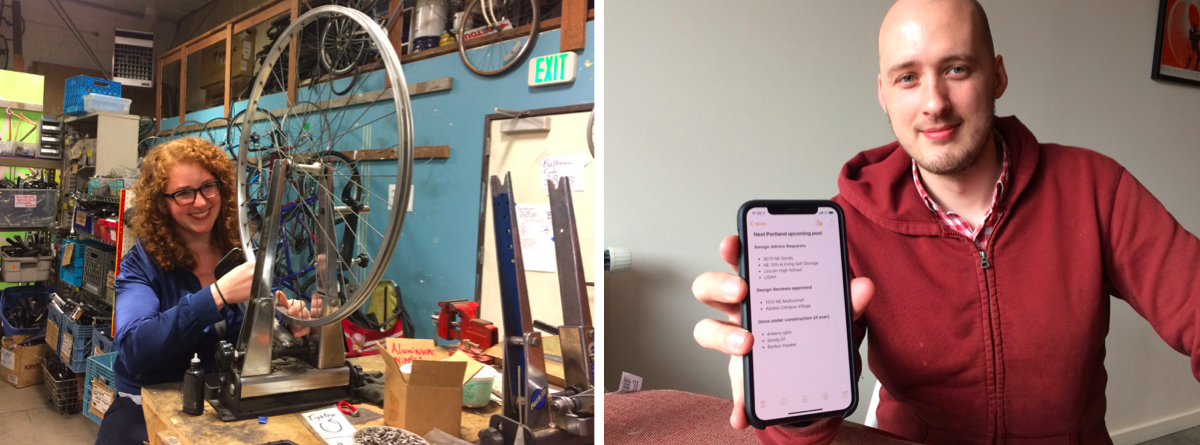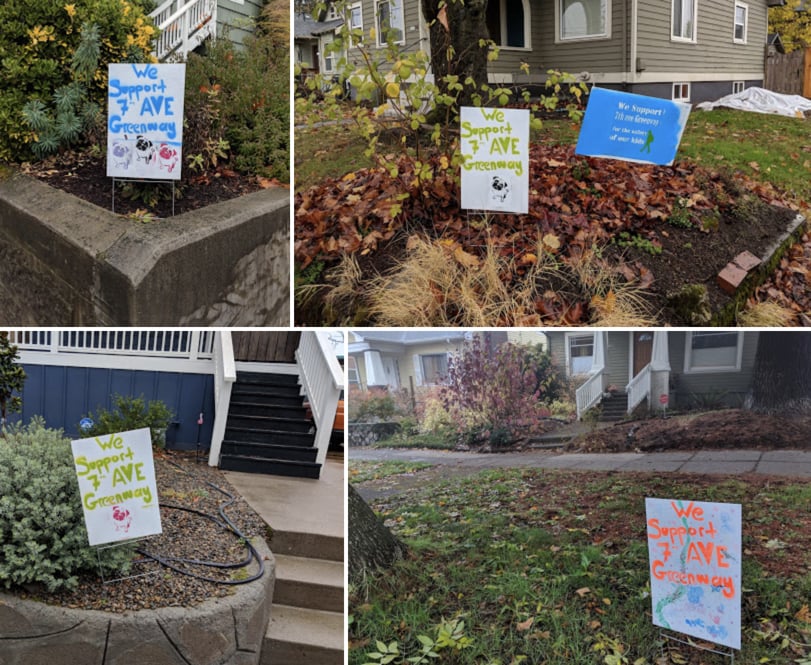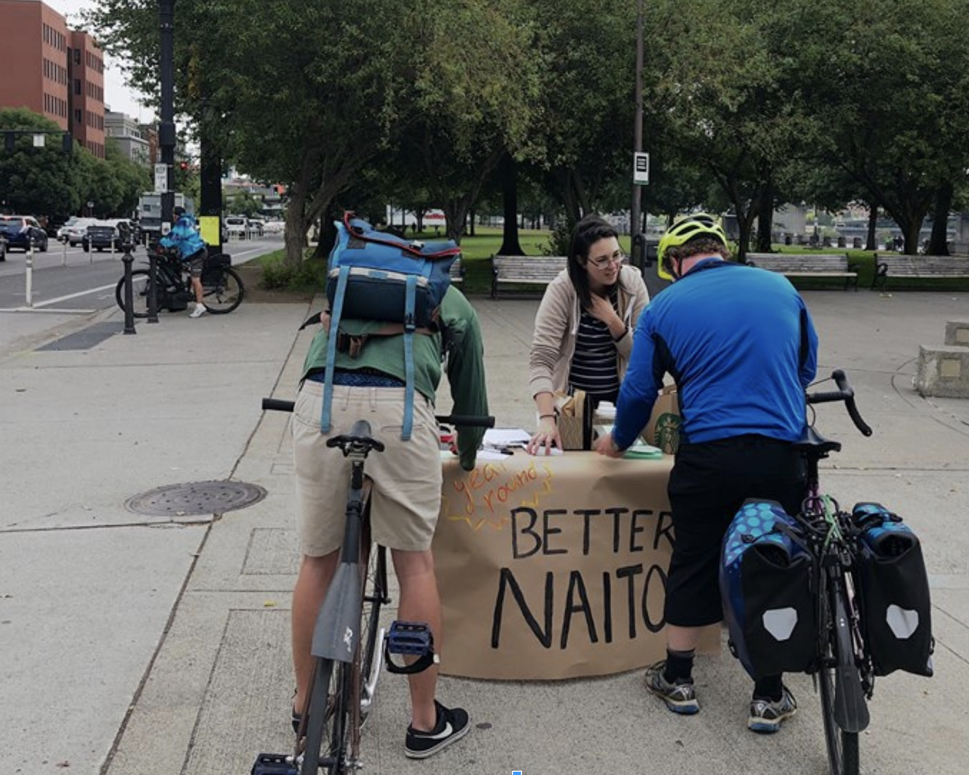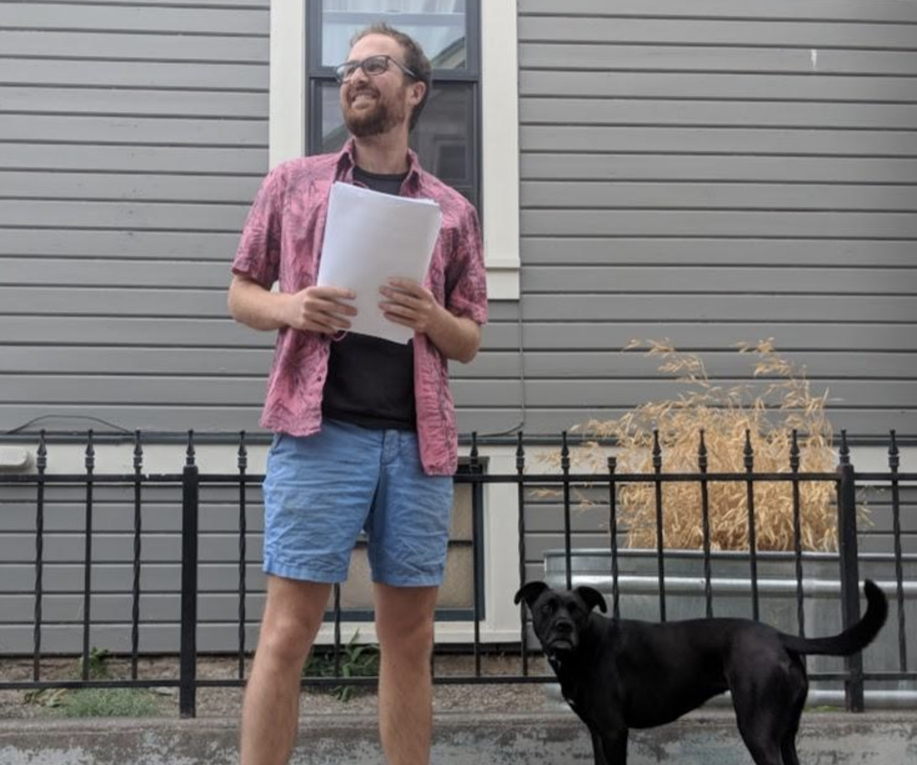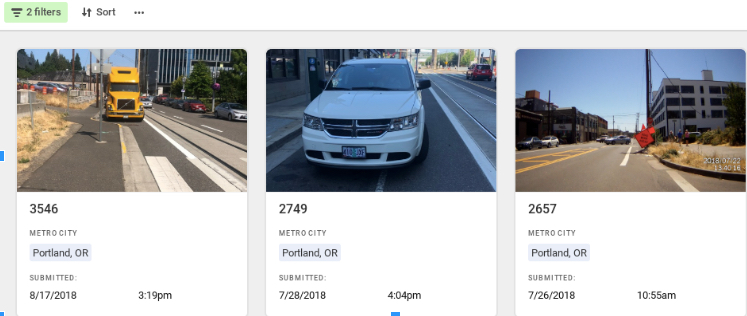Burnout happens: Here’s how local activists cope
“Burnout is a way of telling you that your form of activism was perhaps not very full circle.” – Gloria Steinem Burnout is a part of activism that doesn’t get talked about often enough. Ever since we celebrated the fourth anniversary of BikeLoudPDX (the all-volunteer activism group I co-chair) in August 2018, I began to … Read more



